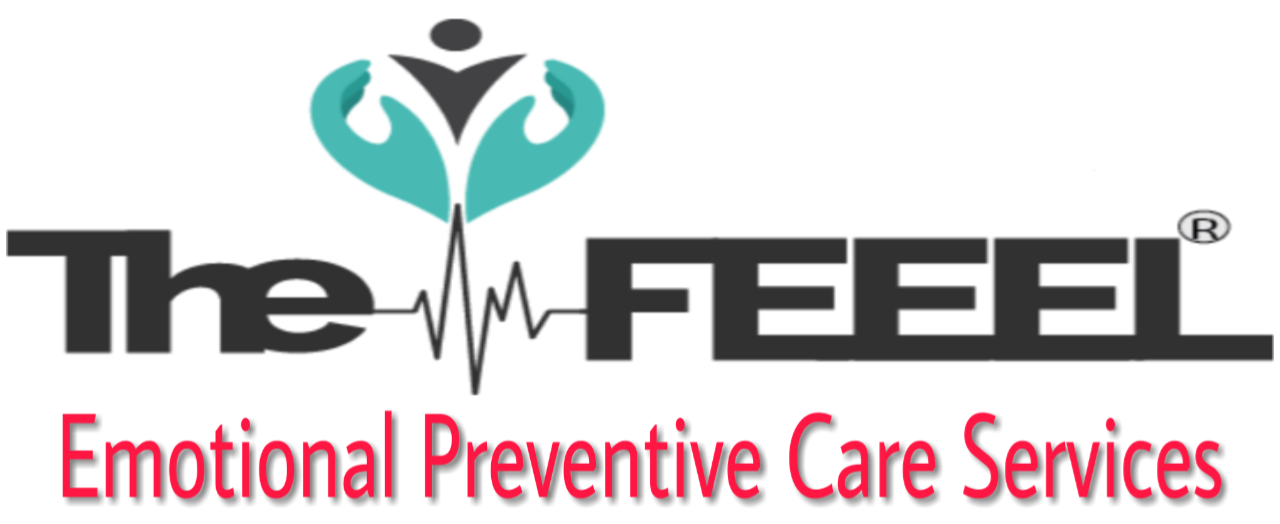MindHack 101: Key Takeaways
Dr. Faryal Razzaq, CEO and Founder of The FEEEL, recently conducted a free Facebook
Live session on Acknowledging Stress as part of a developing digital outreach program for
the larger audience.
The FEEEL is a start-up established to provide emotional preventive care to people in the
workplace, as well as people experiencing taxing and compromised feelings in their daily
routines when it comes to regulation of emotions and enhancement of life-skills. The FEEEL
is a framework for emotions, ethics and empowerment of life skills. The company also aims
to empower young entrepreneurs, especially women, to accomplish their goals by enhancing
their workplace emotional resilience, engage and address their mental hurdles, organize and
apply their ideas into tangible business models and streamline their enterprises into scalable
businesses.
This livestream was an inaugural session of the MindHack 101 online series presented by
The FEEEL. This series aims to start a conversation and upheaval on the community
perception about the brain, how we deal with negative emotions like stress and what are the
ways to maintain a healthy lifestyle starting from the understanding of the brain.
One of the first aspects of stress that was covered in the livestream were the misconceptions
and negative connotations attached to it. Dr. Faryal commented on the ‘good’ and ‘bad’
forms of stress, and how essential it is to incorporate a base-line level of stress to
accomplish our daily tasks. According to leading research, your workplace performance is
enhanced with ‘eustress’, which is a positive form of stress needed to achieve focus and
bring motivation into your life. As the image demonstrates, the level of stress that is good and
bad for you is very much like a bell-curve! Ongoing stress, for a longer period of time, can
first plateau off, and then escalate into a state of chronic stress which is detrimental to both
the brain, and the physical body.

On the topic of understanding the brain, Dr. Faryal gave a simple overview of the different
parts of the brain. The logical/rational brain which is composed of the neocortex. The
limbic/emotional brain which provides an emotional context to our memories and thoughts,
and lastly the primal/lizard brain which regulates everyday functions like breathing, blood
circulation etc. Prehistorically, man developed a flight/fight response in retaliation to imminent
threats and that was regulated by the primal and limbic brain.In today’s age, although the
although the threat of being mauled to death by predators has largely been replaced by more subtle, non-violent threats, our limbic brain still perceives it as a threat nonetheless and goes into survival mode. The instinct to protect oneself hijacks the rational part of the brain and it is aptly called the amygdala hijack! This is because the amygdala is the basic anatomical structure in the limbic system providing emotional context to our thoughts. This flight/fight response triggered by the limbic brain also releases a cocktail of chemical hormones, whereby the brain shuts off rational thinking, and largely negative emotions take over.
During the livestream Dr. Faryal engaged the audience to point out what they believe about stress. She also addressed questions about the relationship of stress and anger in a high-stakes situation. She explained that stress is largely a gap between expectations and reality. And when our expectations are not met, we encounter stress.
In order to redress our stress response, the main takeaways from this livestream were that when we find ourselves stressed out, we need to acknowledge and understand the response. More specifically, what is the value we are associating with it and what are the anticipated consequences. Our mindset and belief system is important and vital in understanding our stress response, because that is where our response stems from. For e.g. if we don’t believe that there is a professional etiquette of being on time for meetings, then we won’t actually be too stressed in situations where we are running late. Practically, the first step towards a more consciously driven response to stress is identifying our stressors and writing them down. If writing is not possible, then a simple technique like breathing can engage our rational brain and overcome the amygdala hijack.
As a conclusive statement, the livestream outlined the organic approaches to address our ‘bad’ stress: acknowledge, identify stressors, write them down and practice breathing exercises. These tricks will slowly start to reprogram our brain into applying a more meaningful and healthy response to our stressors and daily task-oriented routines. Moreover, as neuroscience research progresses each day, it is also high-time that we understand our brain for what it really is! It is not an over-complicated, unexplainable entity – rather it is a beautiful place where we spend most of our time i.e. we are with our thoughts 24/7. So it is a valuable service to us, as humans, to understand and simplify our understanding of it, and engage it in a healthier, productive way!
The FEEEL is looking forward to more responsive feedback for the livestream, and there are more free sessions lined up for the future! Catch the full MindHack 101 live stream here: https://www.facebook.com/TheFEEEL/videos/228870371468901/
To get notified of future livestreams, please like our Facebook Page over at https://www.facebook.com/TheFEEEL/
Posted By: Amna Siddiqui


